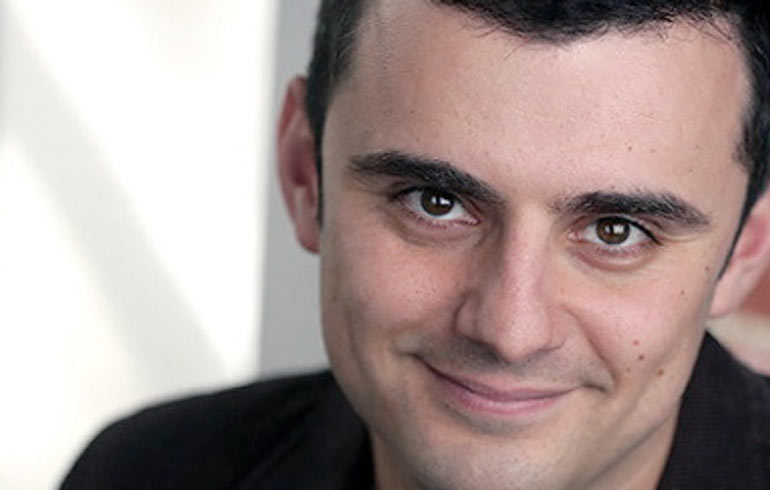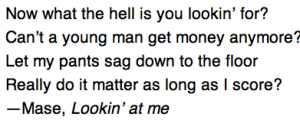Fusce dignissim nec mauris feugiat volutpat. Suspendisse hendrerit, justo quis tempor gravida, leo massa rhoncus lacus, sit amet pretium metus sem in neque.
Nunc at massa faucibus, posuere tortor sagittis, congue justo. Sed faucibus, felis congue egestas porttitor, eros arcu molestie mauris, sit amet scelerisque lacus mi ut quam. Photo Credit: SalFalko
Duis in fermentum dolor, sed pretium nisl. Morbi ante augue, rutrum ut erat eget, gravida ultricies diam. Cras elit metus, semper at erat ac, sagittis mollis augue.
Ut vulputate, nulla scelerisque pellentesque accumsan, nunc nisl hendrerit ligula, ut semper sapien ante ac quam. Nam porttitor gravida lacus, ut sagittis tellus iaculis a. Proin in tincidunt metus, sed vestibulum nibh. Curabitur et mi sed purus ultrices lobortis. Curabitur feugiat porttitor mi, ac sagittis dolor porttitor quis. Quisque et interdum nulla, non tristique eros. Duis a sagittis orci. Maecenas nec tellus dolor. Proin sit amet est fringilla, fermentum enim lobortis, pellentesque dui. Phasellus a consequat arcu. Suspendisse nec turpis id velit feugiat aliquet. Proin semper lorem eget tellus gravida, id dapibus purus adipiscing. Curabitur sollicitudin tellus quis aliquam porttitor.
Nunc ut dui a justo posuere semper ut et lorem. Proin fringilla iaculis felis, vitae dapibus nibh. Nulla ac orci egestas, imperdiet nisi ultrices, adipiscing enim. Proin ac massa libero. Suspendisse elementum faucibus volutpat. Morbi a neque quis lorem interdum fringilla. Sed placerat hendrerit sagittis. Sed pulvinar sem sed mi aliquam laoreet. Ut iaculis nibh felis, ultrices hendrerit diam hendrerit dignissim. Sed nec tellus ullamcorper, malesuada nisl id, auctor nunc.
Proin ultrices ante urna, a molestie ligula pulvinar eu. Suspendisse laoreet sit amet dolor ac dignissim. Maecenas interdum orci id varius dictum. Sed velit elit, volutpat posuere rhoncus a, lacinia eu dui. Vestibulum augue diam, commodo id nisi sit amet, molestie porttitor eros. Sed id turpis cursus, euismod risus nec, rutrum eros. Praesent tincidunt urna in placerat adipiscing. Curabitur a tellus enim. Pellentesque vel nulla non erat pharetra iaculis eu sed justo. Suspendisse tincidunt, magna et mattis tincidunt, neque quam sodales lorem, nec varius purus ipsum non massa. Vestibulum cursus orci mi, eu aliquet nulla tincidunt vitae.













